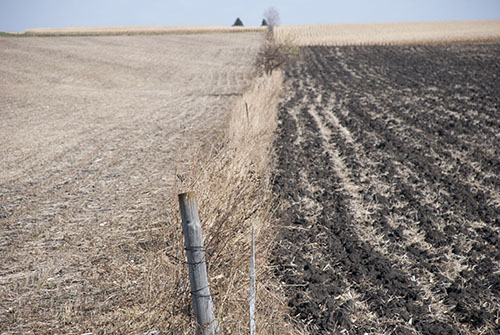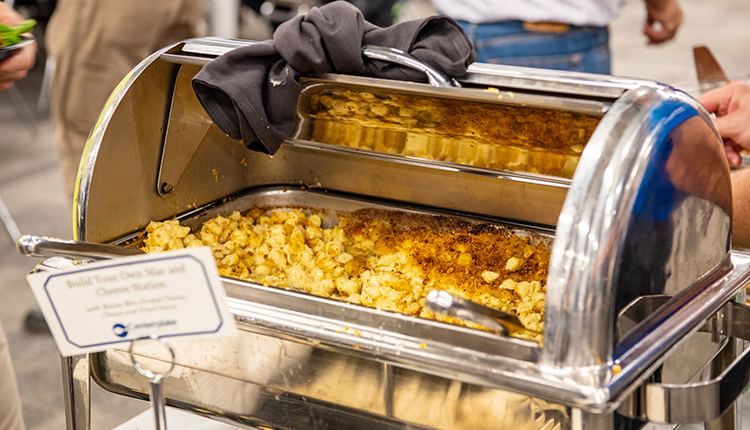
A field covered in black soil looks good, but there's much more to soil quality than what meets the eye. Soil testing can help farmers properly manage nutrients, saving both money and the environment.
Not just any sample will do, however. Soil testing is simple, but not necessarily easy.
"The greatest potential for error in soil testing is in taking the sample," said Hailin Zhang, Oklahoma State University, when he spoke at the North American Manure Expo in Springfield, Mo.
One key to obtaining a good soil sample is to collect enough subsamples to make a composite sample, Zhang noted. How many subsamples are enough? "Our research has found at least 20 are needed," he said.
Only a small amount of soil is used for analysis, Zhang explained, so you need to recognize field nutrient variability. "Walk the whole field to collect samples, and avoid unusual spots like under a tree or where cattle are fed hay," he said.
The sample results will be an average of the subsamples collected. If the field is extremely variable, it may be better to break the field into smaller areas and collect a representative sample from each section, Zhang said.
"Besides a horizontal difference, there is also a vertical difference, especially in no-till fields or pastures," Zhang shared. He recommended keeping sampling depth consistent, somewhere between 6 and 8 inches for most fields.
The best tool to collect subsamples is a soil probe. In addition, a clean plastic bucket is needed to gather the subsamples without contaminating them. Once the subsamples are collected, they should be mixed together, placed in an appropriate soil test bag and sent to the laboratory of your choice.
The outcome of your soil sample will include numbers such as pH, nitrogen, phosphorus and potassium levels. Zhang said, "Correct your pH level before you do anything else." Then, you can start determining nutrient needs by setting a realistic yield goal. This can be achieved in one of two ways:
- Average the three highest yields from the past 5 years
- Add 20 percent to the average yield from the past 5 years
Zhang explained that there are 2 million pounds of topsoil in a one acre field. Since the amount of soil sampled is so small, he reiterated the importance of collecting a representative sample or multiple samples in fields with great soil variability in order to accurately assess nutrient needs.
 The author is an associate editor and covers animal health, dairy housing and equipment, and nutrient management. She grew up on a dairy farm near Plymouth, Wis., and previously served as a University of Wisconsin agricultural extension agent. She received a master's degree from North Carolina State University and a bachelor's from University of Wisconsin-Madison.
The author is an associate editor and covers animal health, dairy housing and equipment, and nutrient management. She grew up on a dairy farm near Plymouth, Wis., and previously served as a University of Wisconsin agricultural extension agent. She received a master's degree from North Carolina State University and a bachelor's from University of Wisconsin-Madison.








